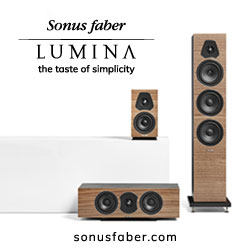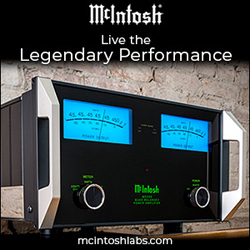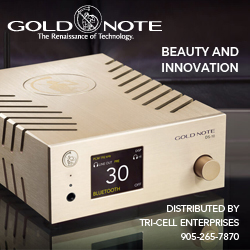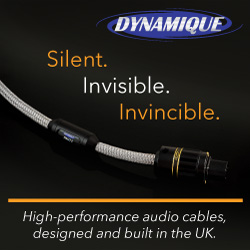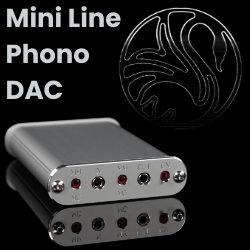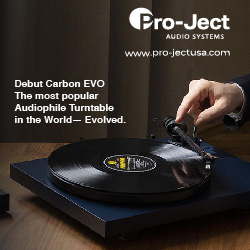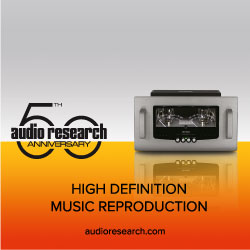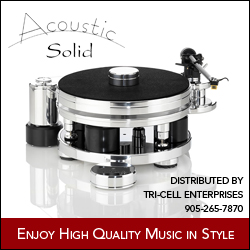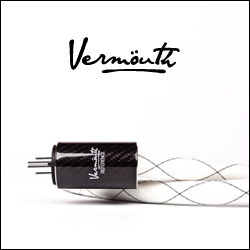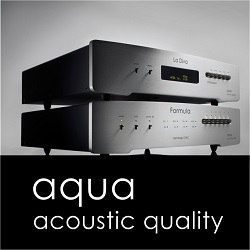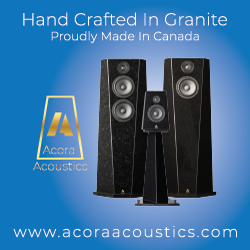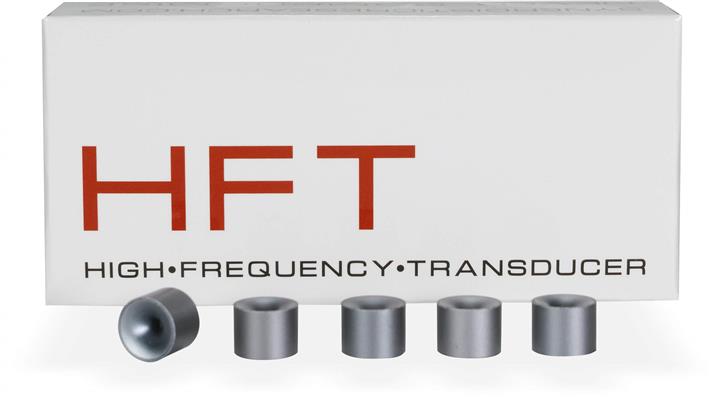
An experienced audiophile friend of mine named Allan who knows the sound of my main 2-channel tube rig almost as well as I do recently visited my home. After listening to one of his favourite CDs, he asked: “Did you buy a new $20,000 pre-amp?
“No.” I replied.
“A new $10,000 tube DAC or upsampler?”
“Nope… strike two.”
“New speaker cables or interconnects?”
“Nope.”
“So… what did you do to make it sound like this?”
“Like what…?” I asked, feigning innocence.
“The soundstage is deeper, wider, and higher. Placement of individual instruments within the soundstage is more precise; and… exact. PRaT and instrumental timbres all sound more… ehm… lifelike. Everything is much clearer. It just sounds… cleaner; like you’ve added a $20,000 or $25,000 dollar pre-amp.” He paused. “So… what’s new?”
“You see those wee buttons Blu-Tack’d to the walls and speakers?”
“Yeah.”
“They’re called HFTs… High Frequency Transducers. Synergistic Research makes them. And that’s what’s new. Plus there’s an acoustical bass trap that’s called a Black Box from Synergistic that’s hidden behind the rack.”
Eyeing the HFTs closer, Allen asked: “These things…?”
“Yep.”
“What do they cost?”
“Retail they’re $499 USD for a set of ten.”
Clearly impressed by the considerable improvement in the sound quality for such a low price, Allen sat back down, shook his head, and mumbled: “$500 bucks eh? Damn… that’s an amazing tweak.”
At some point, every serious audiophile installs acoustical traps. Why…? Stated succinctly, because about 50% of the sound quality of any 2-channel stereo system is created by a room’s acoustics.
The sound of your listening room is the result of hundreds, if not thousands, of vibrating surfaces. Everything vibrates. Your furniture, your listening room’s walls and ceiling, the equipment racks, glass windows, light fixtures, and of course your speakers’ cabinets. ALL of these things vibrate and resonate out of tune with the music. Even though you can’t hear many of these vibrations because they’re beyond the 20Hz to 20KHz range of human hearing, these resonances have an entirely negative effect on the overall sound of your listening room.
Synergistic Research describes room acoustics as such: “Your room and its furniture are like one big instrument with 500 strings. With every note that your speakers create, these *strings* are being awakened. And not one single one of these strings is in tune with your speakers or any other part of your stereo system.”
Logically, if every single one of these strings is NOT resonating in tune with your music, then the resonances created by your listening room will compress your soundstage, muffle the attack, sustain, and decay of individual notes, and distort the fundamental harmonics of your music. This is why most 2-channel stereo systems have soundstages that mainly exist in and around the speakers.
Traditional acoustical traps, deflection panels, and bass absorbers dampen rooms and can make rooms sound *dead* with little or no reflection or decay – if too many of these products are used in a room or if they are installed incorrectly. This inherently smothers the attack, sustain, and decay that real live instruments so unmistakably create.
Synergistic Research claims that their HFTs clean-up high frequency harmonics and their Black Box dials-in resonances down in the lower registers. By affecting harmonics that are beyond the range of human hearing, SR posits that their HFTs also affect harmonics that we can hear.
Synergistic Research’s HFTs ($499 USD for a 10 pack) are button-sized cylinders. They attach to your walls, ceilings, and speakers with Blu-Tack. According to SR, HFTs oscillate at high frequencies and create an energy field that tunes vibrational distortions present within the room.



